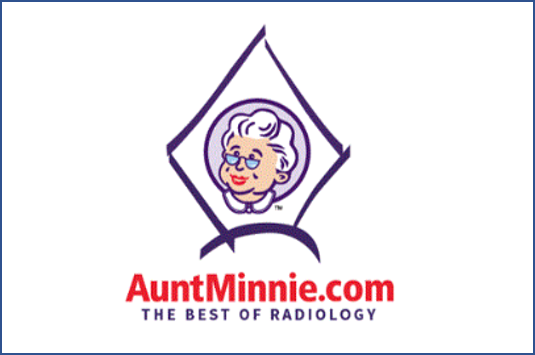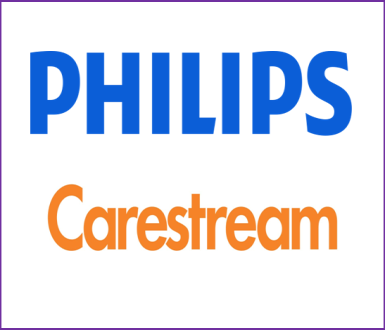Cloud Adoption Can Prove Vital in Combating Cyberattacks


Steve Holloway
Published: July 13, 2021 In The News
12th July 2021 – Written by Steve Holloway – Featured on AuntMinnie Europe – In the wake of the disruption to health services (HSE) in Ireland caused by cyberattacks in May, healthcare providers are looking at how cloud deployment can increase system protection, virtual attendees at the UK Imaging and Oncology (UKIO) Congress heart during the live discussion at a session held on the 21st June.
Cybersecurity continues to be a major challenge, noted session chair Archie Mayani, chief product officer for enterprise imaging and cloud solutions at Change Healthcare, who led the discussion on efforts to minimize service disruption from ransomware.
You may also like


